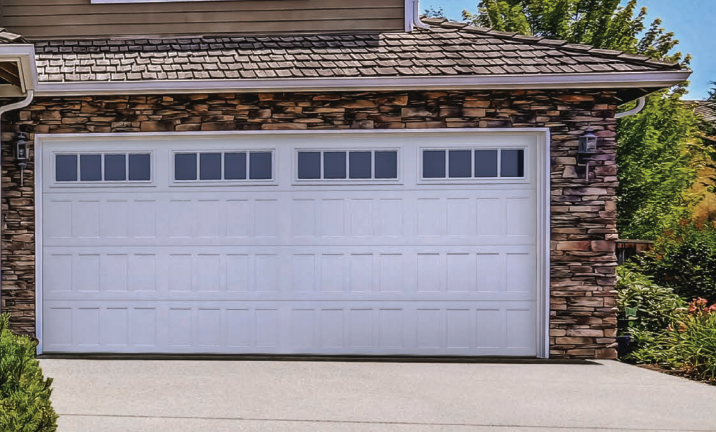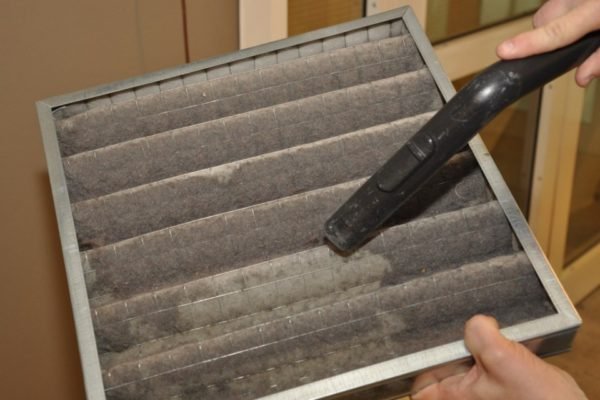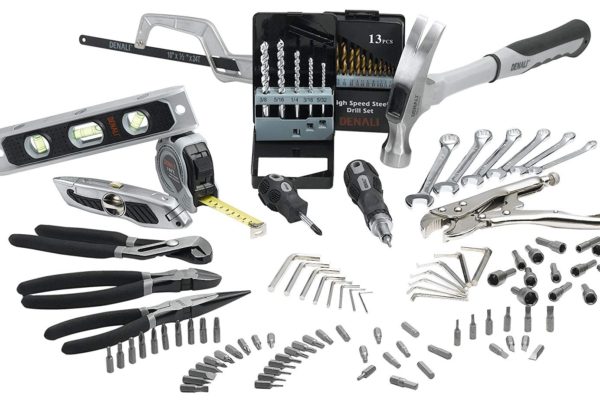Do you plan on spending a lot of time in your garage or use it as a workspace? You may be looking at new insulated garage doors and paying particular attention to each respective door’s R-Value.
While a garage door’s R-Value is important, it’s equally important to remember that this number isn’t the only thing that keeps your garage well-insulated and keeps your utility bills under control. The last thing you want to do is invest heavily in a high-end garage door, only to find yourself struggling to get your garage to a comfortable temperature, while racking up huge energy bills while you do it.
Is R-Value important? Of course it is, but it’s not the only factor in your garage’s overall insulation. Don’t forget to check these 3 other things.
The Door’s Seal
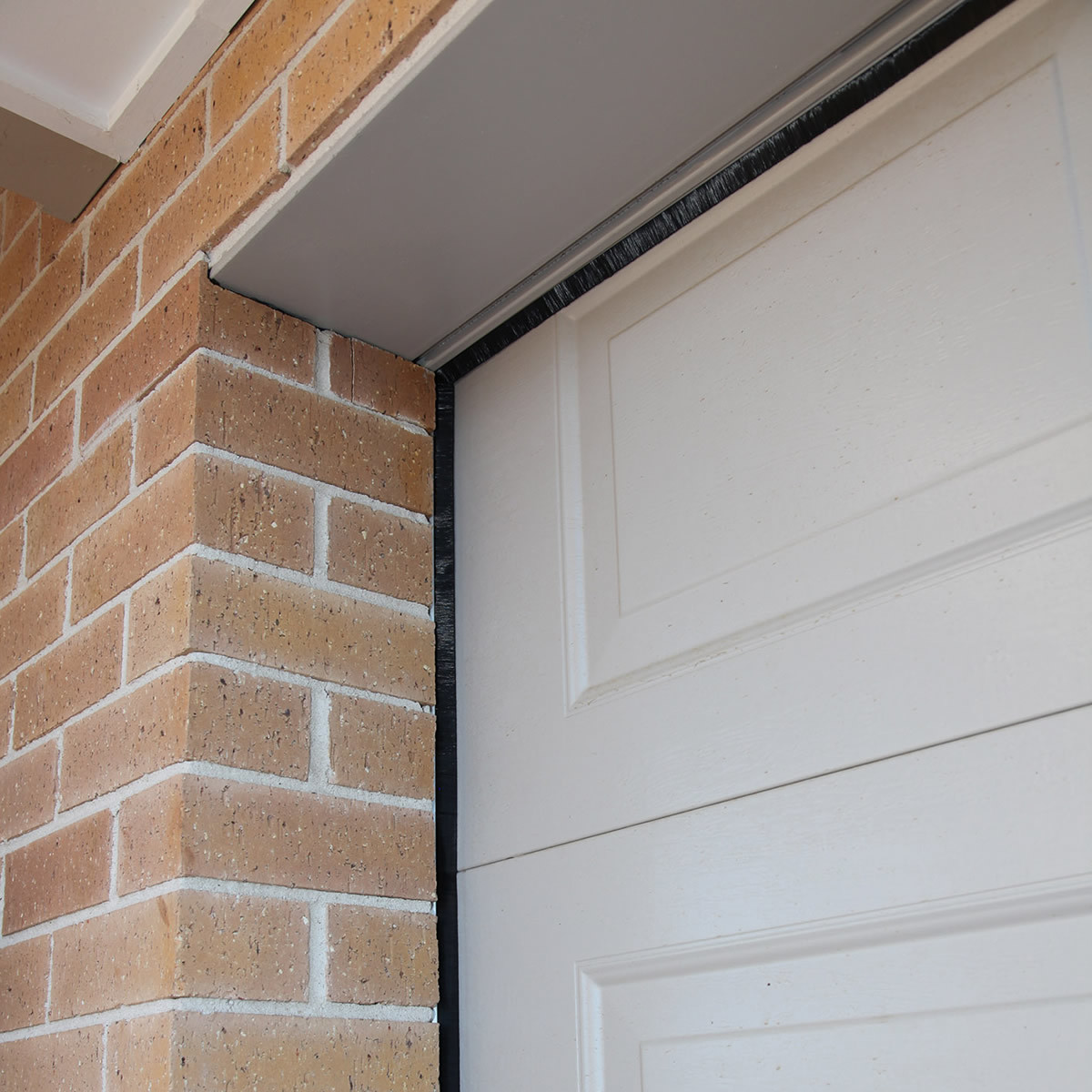
If you talk with an expert in residential garage doors they will tell you that a garage door’s R-Value doesn’t mean much if it’s not closing to a tight seal at the bottom or on the sides.
This is why installing your own garage door is seldom a good idea. You should always have it done by trained professionals who can make sure you’re getting the full insulation value of the materials. You should also have your weather sealing fixed or replaced when it becomes damaged.
The Garage’s Windows
It’s estimated that anywhere from 10%- 30% of your energy costs come from air leaks, and leaky windows are often the culprit. If you’re having trouble heating or cooling any room (the garage included), you should take a close look at your windows.
The good news is that most of these leaks are fixable and there may be no need to replace the entire window. Replacing the weatherstripping and caulking around the windows will often do the trick, and you can do this yourself easily and inexpensively.
The Garage’s Insulation
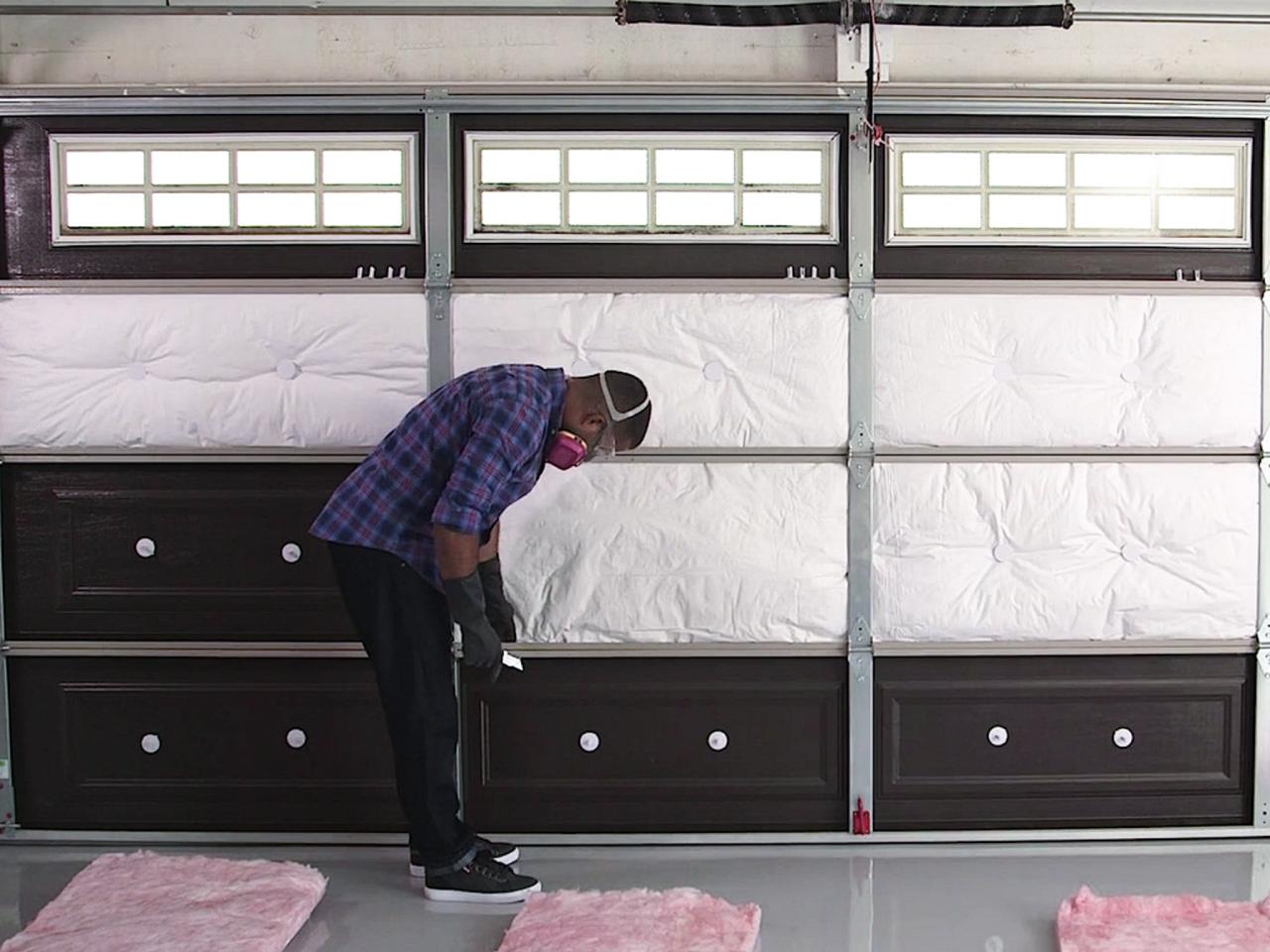
Like the garage door, the insulation in your garage’s walls is only going to do its job if it has been installed properly.
Some of the most popular problems with insulation installations include:
- Not securely fastening the batt insulation
- Failing to support the insulation
- Cutting it too long and putting it in too tightly
- Cutting it too short and leaving gaps
You will also have issues if the wall between your garage and the interior of your home isn’t insulated well. If you’re having trouble heating or cooling the rooms next to the garage, the fault is likely in that shared wall’s insulation.
Insulation problems can be a bit more expensive to fix. There is a good chance that the original problem came from a DIY or inexperienced installer’s mistakes, so make sure you speak with a qualified contractor to discuss how to fix it properly.
As you can see, R-Value certainly has value, but it is not the only thing to consider when making sure your home and garage are as energy-efficient as possible. Be sure to take a close look at the area around the door and the windows. If both of these seemed to be intact, you may have problems with your insulation.
There are ways you can conduct your own home energy audit, or you can hire a professional to find any problems for you.




